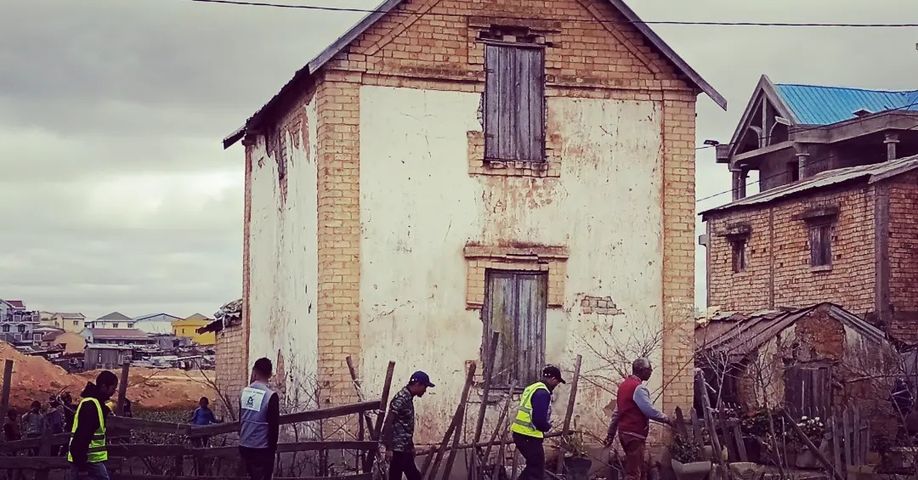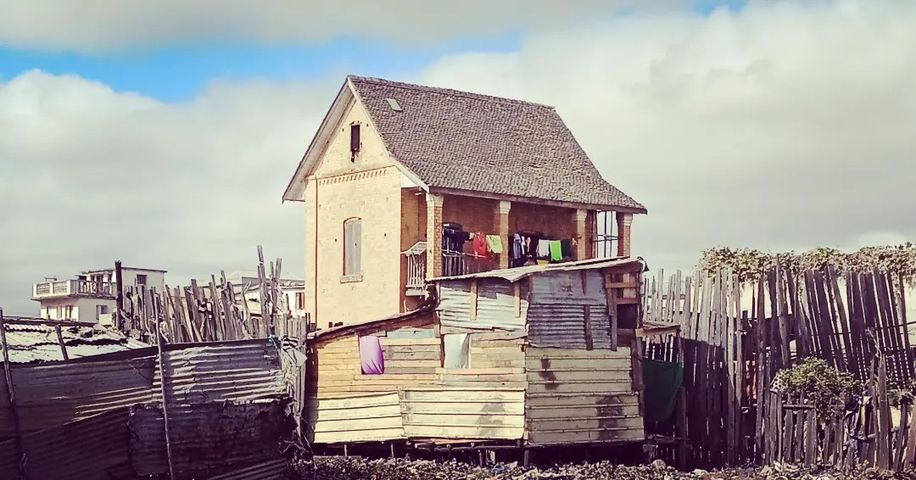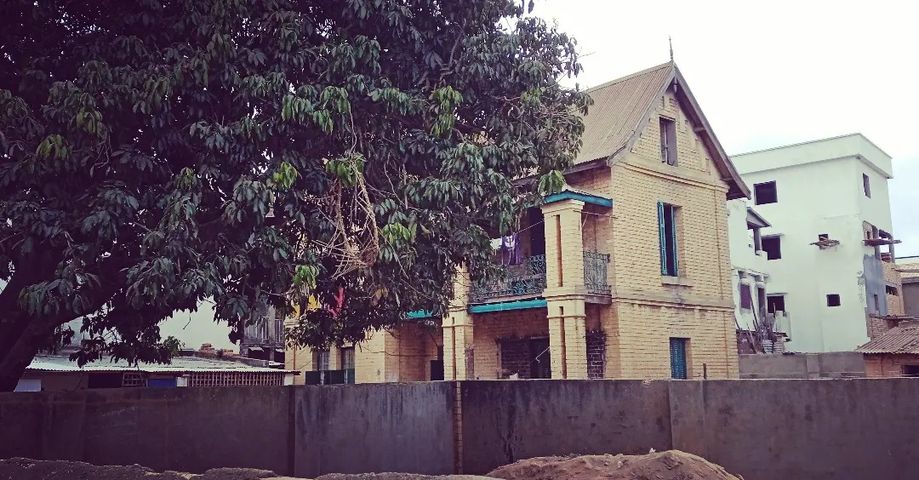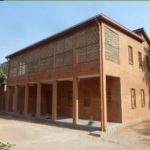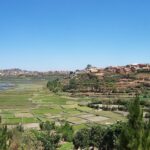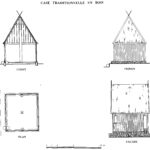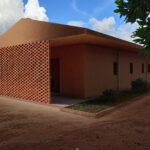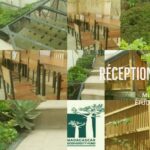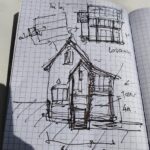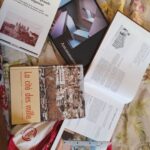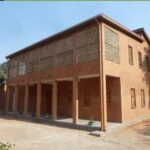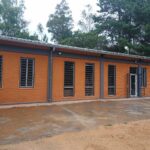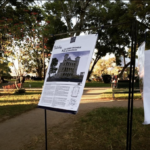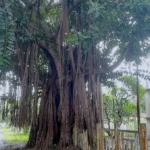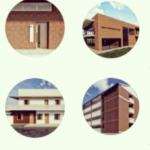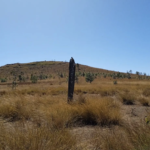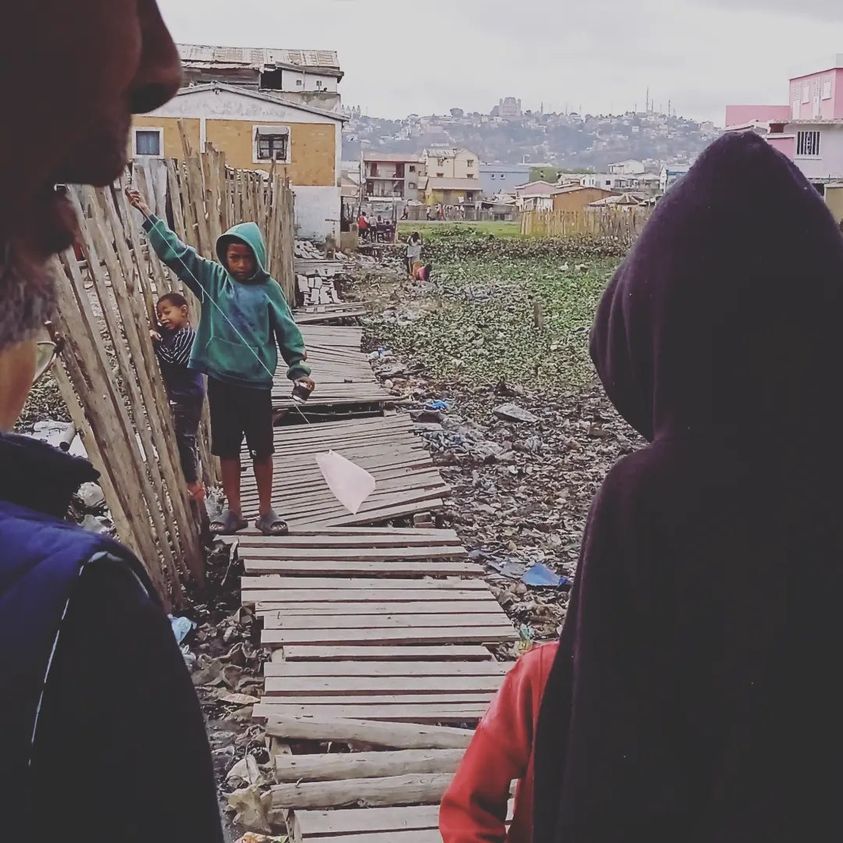
“Oh! You noticed the greenery too? It’s amazing how many neighborhoods are now embracing gardening and taking care of their trees! We’ve been working in this area for nearly 5 years, and I genuinely believe that it’s changing for the better, slowly but surely,” exclaimed the engineer from our team, responsible for supervising the heavy and light works on the project I’ve been assigned to join for months now.
Now, let’s talk about the plants, flowers, and banana trees ![]()
![]()
![]()
![]()
![]()
![]()
![]()
![]() . That last picture really tells a story. Behind those very tall wooden fences, you can sense that something beautiful and green is hidden away. I wasn’t surprised to find a hidden banana tree there, as it seems like Malagasy people have a special connection with banana trees and medicinal plants in the tiniest of gardens. It’s truly touching how much we can learn about survival just from observing their presence in this ever-flooded, concrete, and brick jungle of Basse-Ville de Tana (we really need to work on the naming, guys).
. That last picture really tells a story. Behind those very tall wooden fences, you can sense that something beautiful and green is hidden away. I wasn’t surprised to find a hidden banana tree there, as it seems like Malagasy people have a special connection with banana trees and medicinal plants in the tiniest of gardens. It’s truly touching how much we can learn about survival just from observing their presence in this ever-flooded, concrete, and brick jungle of Basse-Ville de Tana (we really need to work on the naming, guys).
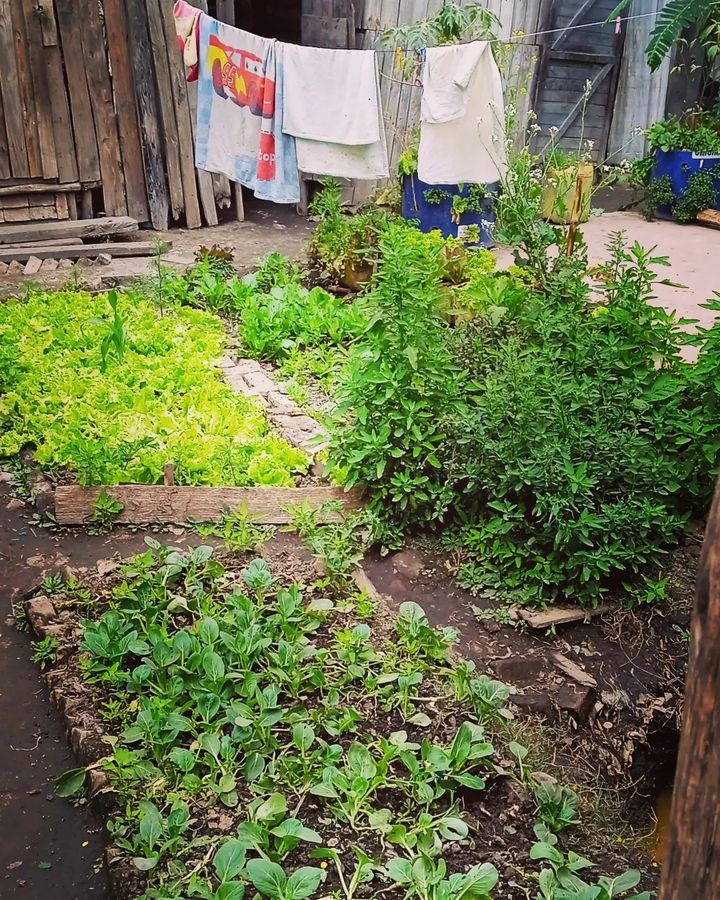
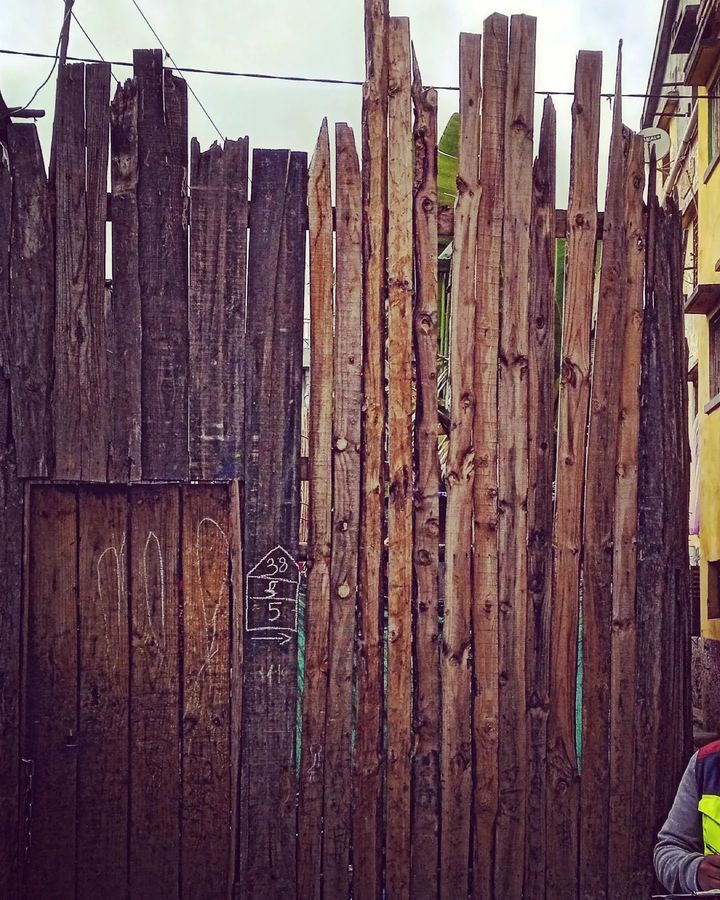
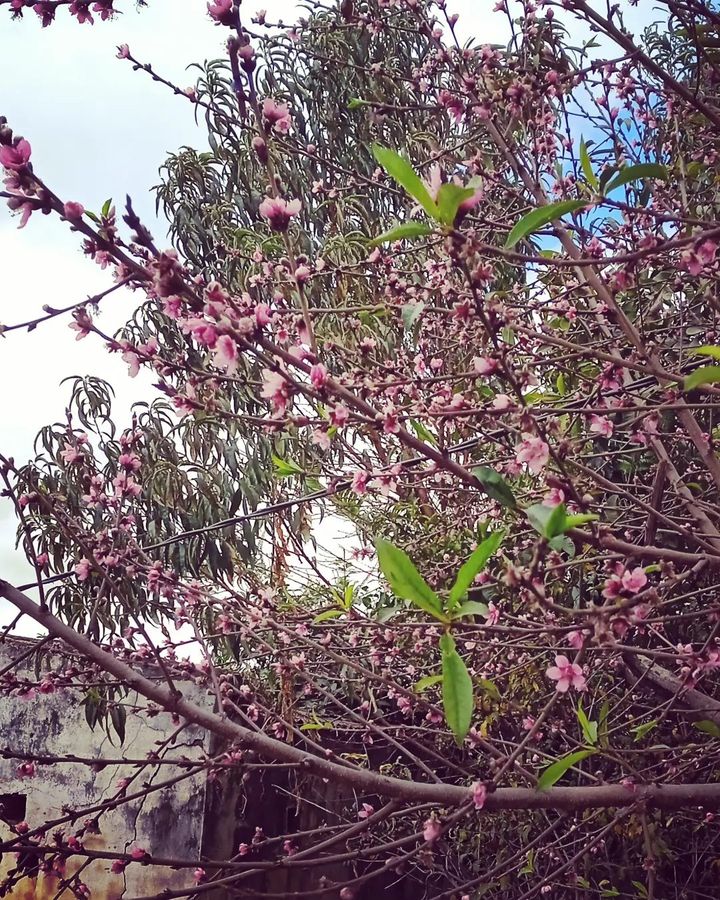
So, of course, I took every opportunity to share my stories (and bore everyone) about the nearby family dobo, which has remained a dobo for a century now, and how we have no intentions of changing that, and that really resonates with the Malagasy spirit as well… it’s an idiosyncrasy, a resistance to change…
The tangy aroma of cooking ravitoto, filling the elakelantrano where we’ve been immersed for the past 2 days, is truly starting to make my stomach rumble and awaken my senses.
The neighborhood of Anosibe is rightfully called the Belly of Tana, brimming with tens of thousands of activities and lives worthy of Zola’s chapters. The reported miserabilism of the Basse-Ville (truly, this name needs a little change), well, we cannot ignore the cruelties and injustices that the Cosettes may endure. However, one day, we must acknowledge that the veins of these neighborhoods enrich and nourish Antananarivo and beyond. Beyond all of this, there are humans, children, and the next generations that deserve consideration as they grow, just like herbs or else brèdes (my personal translation of a derogatory expression).
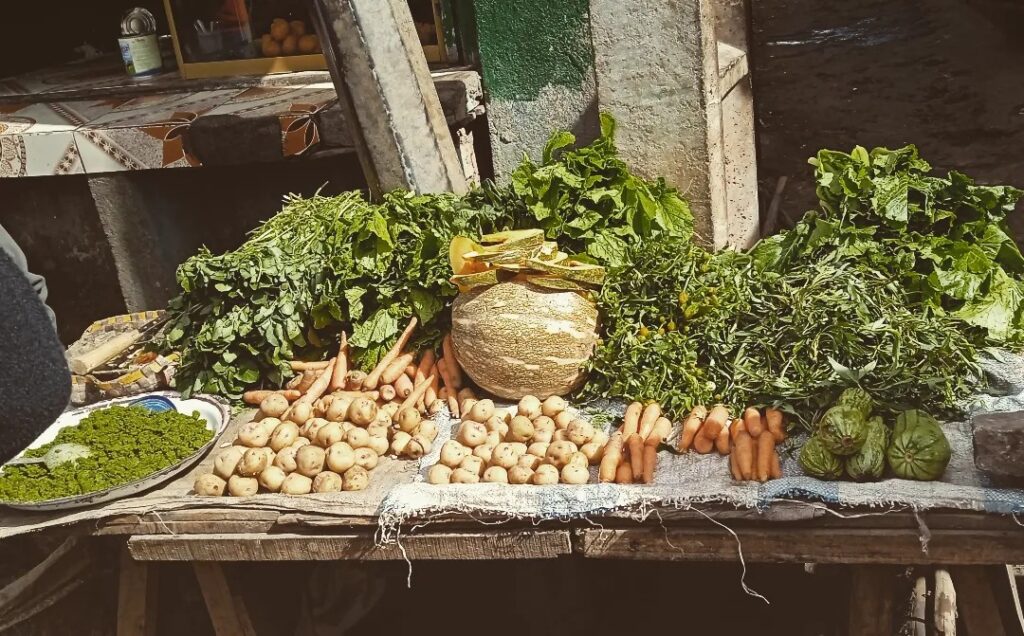
So, I was running errands, just like I mentioned yesterday, and doing my best to immerse myself in the spirit of these communities, who are really striving despite the negative perception from people in other neighborhoods.
I was searching for something, something permanent and unforgettable, something so powerful that it would define the specific urban lifestyle of this quarter of the city. A happy moment that would bring a smile to your face and remind you of the true Purpose of the City.
What truly makes a Malagasy City? Is it like a big village, as they often say? Is it a fascinating blend of vernacular, colonial, modern, and back to vernacular influences? And what about these curious decisions to UN-name certain fokontany and create a “2nd” instead of an ‘Annexe’?
Of course, you can’t ignore the pockets of abject poverty. There are so many of them, with families living in shacks and kids playing on soccer playgrounds made from waste materials. You can’t simply turn a blind eye to the reality of Antananarivo in 2023.
But amidst all this, there are things that make me smile, and one of my favorites is the enduring trano gasy architecture survivors. The chances of finding a trano gasy demolished in Anosibe are lower than what I observed in Tsiazotafo…
